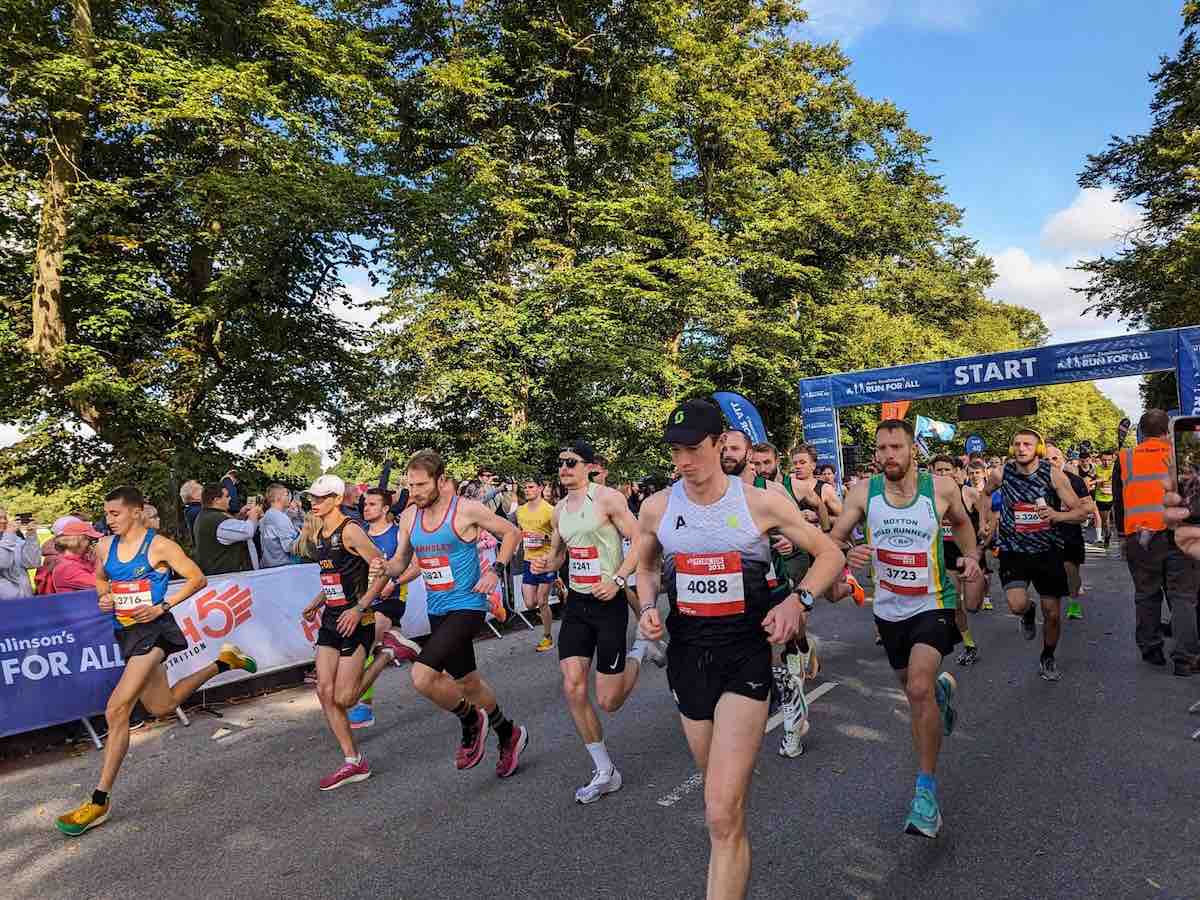Ever muttered “never again” mid-race only to sign up for another marathon shortly after finishing? Me too!
The reason why is called ‘Peak End Rule.’
A phenomenon that describes how we choose to remember an experience by its intense highs, rather than the event in its entirety. In other words, why we forgive the messy middle of a race, only clinging on to emotional peaks or feeling of finishing.
Peak end rule is more often associated with customer service to influence how much you tip and your likelihood to return.
I decided to dig deeper to see if it could be applied to sports psychology. If peak end rule had anything to do with why running is so addictive.
Spoiler: the science behind race design is eye-opening!
In Sport: What is Peak End Rule?
Think about the last race you ran. It’s highly likely it was interspersed with mini milestones and rewards, as well as a big crescendo at the finish. A peak might be the sponsored refreshment station, a huddle of cheering spectators, an inflatable misting tunnel, or a kink in the route to take in a historical landmark. It’s also why event organisers create finisher villages with loud music, ornate medals, selfie walls and freebie stalls to whip you into a frenzy.
These moments are engineered to deliver feelings that stick with you for a long time. Emotional highs or lows (the peaks), as well as the climax (the end), that ultimately distort our perception of what happened. Our memories of these moments become extremely vivid, overtaking the pain of the race itself. The result: we crave more of them.
Prominent peak end rule studies centre on adding a better ending to improve perceptions of physical pain, even if that the discomfort continued for longer. The context I heard it being applied to was in hospitality – why little gestures like free mints at the end of a restaurant meal lead to larger tips, better reviews and an increased likelihood to make another booking, regardless of the quality of the meal itself.
How Runners Can Benefit From the Peak End Rule
The most obvious application of peak end rule is to incorporate it into your training. Carefully choreographing fun easter eggs into your training structure (such as trying to find migrating flamingos when running in Portugal, pictured below) or treating yourself to an immediately satisfying reward can improve your motivation to run regularly.

Rewards are crucial to the habit formation process as a shortcut for which habits are worth keeping. The positive experience you engineer reinforces the behaviour just performed, which makes it easier to jump out of bed and hit the pavement when your alarm goes off.
It’s something I’ve tried to do for a long time.
My Peak End Rule Tips for Runners
Some peak end rule tricks I build into my runs:
- Picking a halfway or end point, such as a historical landmark
- Running with another purpose, such as posting a letter
- Timing the run to finish at sunset
- Joining a friend for the second half of the route
- Putting tasty energy snacks in my rucksack for a picnic
- Searching out the photo opportunities on an awe run
- Getting the climb out the way early, finishing going downhill
- Create an upbeat playlist to finish on
- Post your run to Strava for kudos from fellow runners

Any Stoic athlete will tell you that hardship is a necessary part of greatness. Practice with intensity and view adversity for what it is – an opportunity for growth. However, we’re all only human and a little pick-me-up can go a long way.
You’re like to be more willing to brush off the repetition and suffering involved with marathon training if each session has a memorable high.
Other Mood Boosters: Endorphins & Neurotransmitters
Whilst a better understanding the peak end rule can lead to more positive memories and motivation to run, there’s many other factors at play too.
When you run, your body releases endorphins and other neurotransmitters, such as dopamine and serotonin. These chemicals play an essential role in creating the sensation known as “runner’s high.” Endorphins act as natural painkillers, reducing discomfort and allowing you to push through physical barriers over many miles.
Dopamine and serotonin are responsible for regulating mood, enhancing feelings of happiness and wellbeing. As you run more frequently, your brain associates this newfound happiness from running, increasing your desire to run more often.
In Conclusion: Use Peak Ends For More Joyful Runs
Like most people, my running started out of necessity, before quickly becoming a habit, an obsession, then an addiction. I now run or walk 10km daily and will shout about the life-changing benefits of running in the morning to anyone who will listen.
Sometimes I need reminding that running is also fun. Especially with winter around the corner, when long training sessions become less appealing in the cold.
Peak end rule is a great tactic for runners to have in the back of their mind to stay motivated and seek out the joy in every run. Let me know if it works for you!

